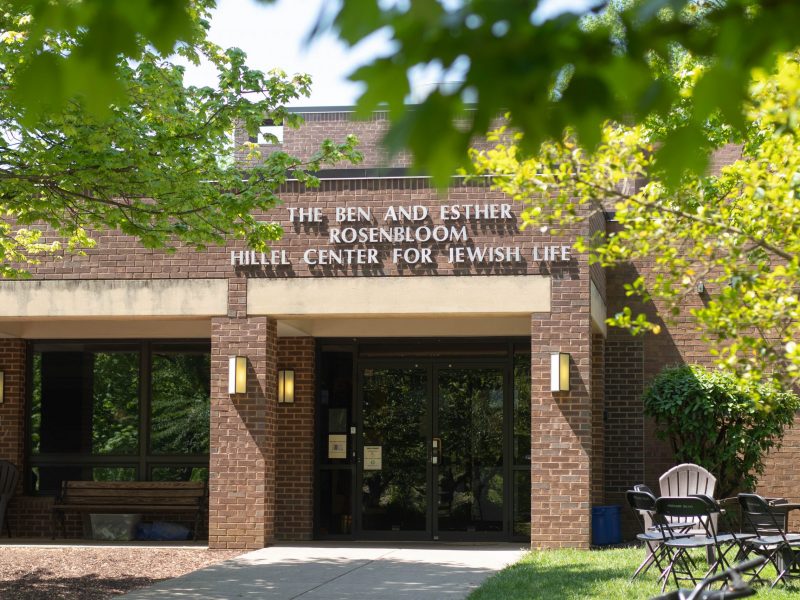About 100 years after Einstein first theorized about the existence of gravitational waves, they have finally been detected.
On Sept. 14, twin Laser Interferometer Gravitational-Wave Observatory detectors based in Louisiana and Washington — both funded by the National Science Foundation and built and operated by the California Institute of Technology and the Massachusetts Institution of Technology — detected these waves. Several University of Maryland researchers have played in a part in past and ongoing gravitational waves research.
A paper detailing the discovery was submitted to Physical Review Letters in January by the LIGO Scientific Collaboration, which includes Peter Shawhan, a physics professor at this university.
“I have been working on LIGO since 1999, mostly in the area of data analysis,” Shawhan said. “We’ve been working on this for decades. We always had faith we’d get there eventually.”
The waves they detected were emitted from a binary black hole merger, when two black holes collided to form a larger one. Scientists have theorized about this kind of event but have never proven it.
“I was surprised, actually, that this was how it happened,” Shawhan said. “Some people had guessed that we might see it in black hole systems first, but most people thought it would be binary neutron star systems. … This was quite a discovery.”
Several other researchers have made significant contributions to gravitational wave research over the years. At this university, it started with Joseph Weber, a former physics professor who built the world’s first gravitational wave detector in the 1960s. His efforts inspired the generations of research that came after, said Jean-Paul Richard, a physics professor emeritus.
“There is a large gap between the start of the whole thing with Weber in the ’60s and where we are now,” Richard said. “It was a very important period, and during that period two things happened: Many, many people all over the world started trying to look for gravitational waves, following Weber … and during that period, people improved and improved and improved their devices.”
For decades, no one was able to build a detector sensitive enough to find these waves, Richard said, but interest and momentum kept building.
Richard contributed to the improvements in detection technologies during his years at this university. He helped improve Weber’s original design, he said, by developing a new sensor and attaching more resonators to the detection device to allow it to possibly find waves at different frequencies.
Another physics professor emeritus, Dieter Brill, also contributed to research on gravitational waves.
“I started the work as my thesis at Princeton,” Brill said. “I proved there are exact solutions of Einstein’s theory. … I found there are exact solutions that are waves and that they actually carry energy. And that’s the criteria of whether something is real or not: If a thing has energy, it’s real.”
Shawhan said Alessandra Buonanno, a physics professor at this university and director of the Max Planck Institute for Gravitational Physics in Germany, also worked along with several students to run data analysis and develop models of gravitational waves that could be generated by black holes.
He said there is a sense of pride in knowing that so many university professors over the years assisted in the research leading to this discovery.
“We’ve had a long history of gravitational theory,” Shawhan said. “To see that all come around is great … and we have to be ready to think about where we can go from here.”
And now that they’ve made one detection, Shawhan said, surely they will see more, even stronger ones. This could open up a new realm of physics research and learning.
“It’s a fantastic thing, these waves that they’ve found,” Brill said. “I really expect that since they got this one detection so quickly, unless it’s just a complete freak, it should be something that happens more often.”



